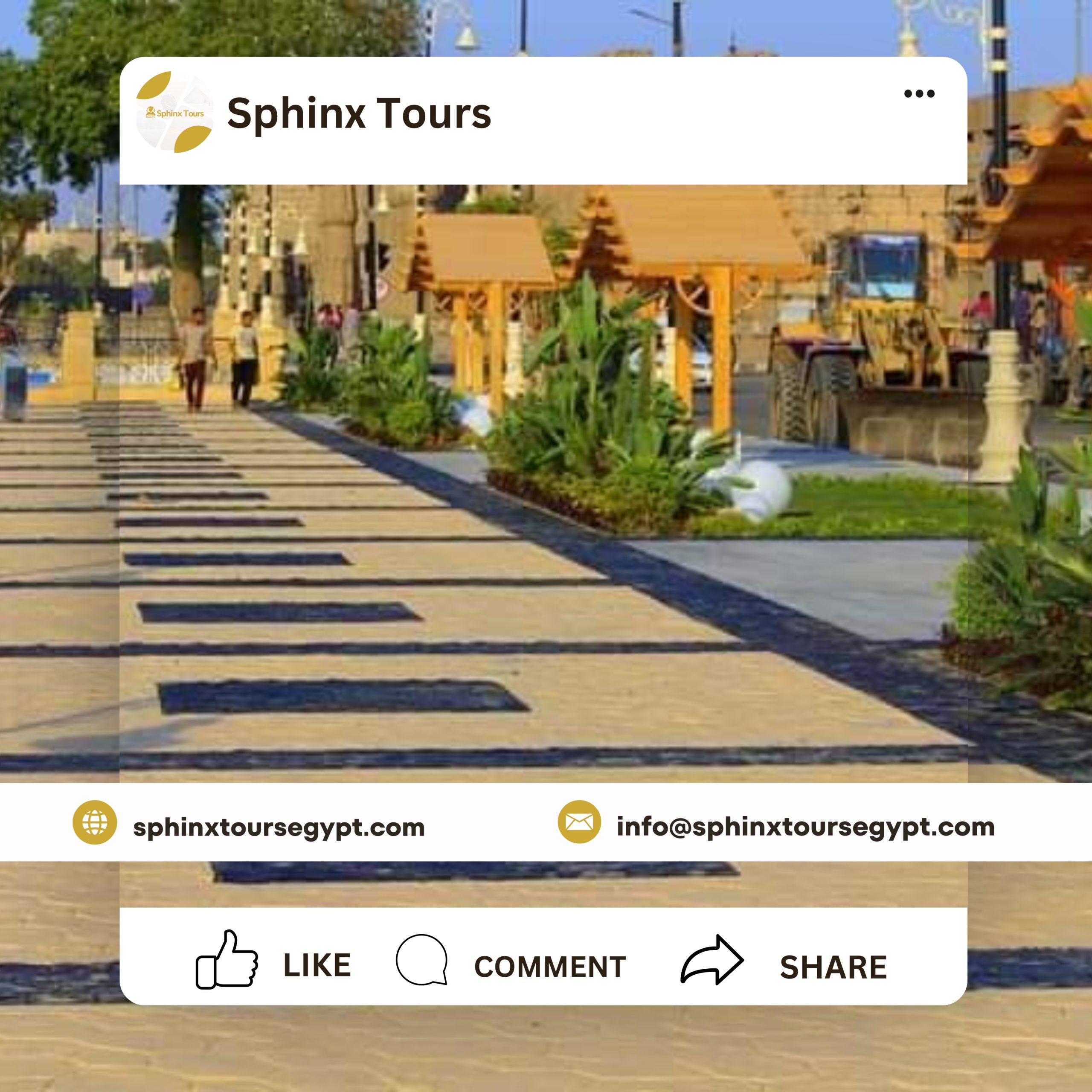The Royal Carriages Museum, or the Royal Chariots Museum, is one of the museums located in Cairo in the Bulaq area, where all the “carriages” or carriages used by the Egyptian royal family in the pre-revolutionary periods are displayed.
Royal Chariots Museum
The Royal Chariots Museum in Bulaq is one of the most prestigious museums in the world. It was specially created to display and preserve the cultural heritage of the royal chariots dating back to the era of the Muhammad Ali dynasty and everything related to them. It also highlights the interest in horse breeding at this time. The idea of establishing the museum building dates back to the era of Khedive Ismail, who ruled Egypt between 1863 and 1879 AD. He was the first to think of establishing a special building for Khedivial vehicles and horses. It was initially called the Khedivial Riding Authority, and this name continued until 1922 AD during the reign of King Fuad I (1917-1936 AD), when it became known as the “Royal Stables Administration.” This authority was of interest to the royal palace at the time, as it provided specialized experts and skilled workers. The building was converted into a historical museum after the end of the 1952 revolution. The museum includes a wonderful collection of royal carriages of various sizes and types, dating back to the reign of the Muhammad Ali Pasha family in Egypt, the most famous of which is the carriage known as the private Grand Alai carriage, which is distinguished by the precision of its manufacture and the magnificence of its decoration. It was a gift from Emperor Napoleon III and his wife Empress Eugenie to Khedive Ismail at the time of the opening of the Suez Canal in 1869 AD, and the king ordered Farouk I renovated and used it when the parliament was opened in 1924.
It also includes a collection of horse sets and accessories, in addition to the clothes of the workers in the Riding Authority whose jobs are related to carriages. In addition to a collection of oil paintings of kings and princesses dating back to the same historical era. It is worth noting that there are a few museums specialized in displaying this type of royal vehicles in some European countries such as Austria, France, Russia and England.
Description
The Royal Carriage Museum was established on a land that was a horse stable from which horses used to set off to the Gezira Club, where horse racing and betting were held. The place also contained rooms where carriages were stored from the days of Khedive Ismail, Tawfiq, Abbas and Farouk. After the revolution, the stable was cancelled and moved to Kitkat on Sudan Street and into the building that was converted into the Social Affairs Unit. The Bulaq Stables Museum became the Royal Carriage Museum for the royal family and the days of Farouk. Models of Pharaonic war chariots and chariots were added to it. It consists of two floors: the ground floor contains the Hanzoor, Shamarshagiya and Sayyas chariots in their ornate clothes, and the second floor contains miniature models of horses and their types, gold, copper and silver works and paintings, all of which are wonderful. Then a fire broke out and some of the works disappeared, so they were moved to another place in Bulaq next to the royal printing presses. Finally, they settled in the museum located in the Citadel.
The Royal Chariots Museum is one of the oldest museums of its kind in the world, as it was specially prepared to display and preserve the cultural heritage of the royal chariots dating back to the era of the Muhammad Ali dynasty and everything related to them. It also highlights the interest in caring for horses during this period in Egypt.


0 Comment